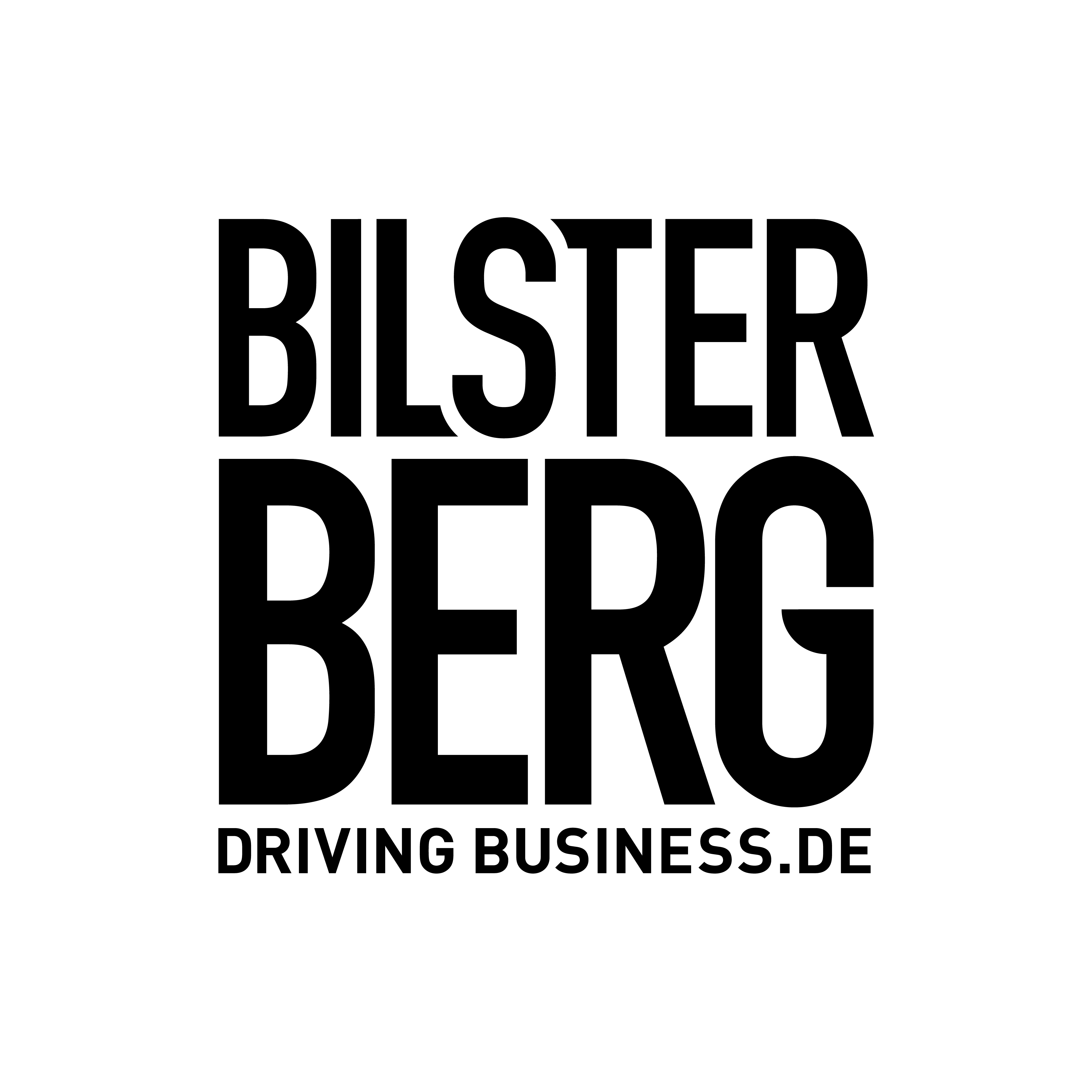
It’s whiter than white: Why you won’t see any advertising on the BILSTER BERG
Are you familiar with the White Label Concept? This term is used, for example, in the music industry to test a song without influencing the listener through ‘labels’. Or a supplier provides you with a product for a fee without its own branding and you can resell this product under your own name. But how does such a white label principle fit with a race and presentation circuit? What are the advantages, but also the challenges? Above all, how do you implement such a principle? Kim Metzger, responsible for marketing and communication at BILSTER BERG, talks about this in this interview.
Ms Metzger, what exactly does White Label refer to at the BILSTER BERG?
There is no track or perimeter advertising at the BILSTER BERG. This is possible thanks to the 180 private investors who financed the construction of the BILSTER BERG race track. Without visible sponsorship and advertising elements, we can create our own brand world for our customers. Infiniti USA, Porsche or AMG have already used this unique topography and architecture for photo and film shoots or as a backdrop for meetings with journalists and bloggers.
What considerations are particularly important when implementing the white label concept?
You often hear sentences from the marketing department like: “The video is too brand-specific” or “We can’t hang this picture because brand xy is on display”. The BILSTER BERG is a location for every brand and every product, which is why it is important to us not to single out anyone. The challenge of our own brand presence is that all advertising must be easily and quickly removable. When we decide to hang BILSTER BERG flags, banners or the like, they are taken down about 30 to 40 times a year at the request of our customers.
What benefits does the customer gain from the white label concept at the BILSTER BERG?
Nothing and no one distracts from their event and brand. We provide the backdrop for a completely new experience, where everything is just right, both visually and in terms of infrastructure. Especially for photo and film shoots, the brands of our customers can be staged without disturbing advertising banners. To ensure that our clients’ own brand presence is not neglected, we are keen to set up a wide range of options for this. There is a branding guide in which our customers can get an overview of these many possibilities.
Isn’t it also desirable if the BILSTER BERG remains recognisable in the photo and film productions of the automobile companies despite a successful white label approach?
That is absolutely desirable, which is why we are glad that the BILSTER BERG has a unique topography that is immediately recognisable in most pictures. Nevertheless, we are always very pleased when we are mentioned by our customers in reports or films.
How was the visual appearance of the BILSTER BERG worked on in the past?
We changed our entire positioning, including logo and corporate identity, in 2016 and positioned ourselves as a Driving Business. This means that we offer our customers the perfect setting to experience their brand. As a stage for their products. As an arena for sophisticated driving experiences. As a catalyst for their successful business. That is our marketing strategy. The BILSTER BERG offers a wide range of possibilities, even for products without an automotive background.
Are there any further measures planned in the foreseeable future to visibly implement the corporate identity at the BILSTER BERG?
To give the BILSTER BERG a recognition value, we recently adapted the colours of our curbs to our new corporate identity. Instead of red and grey, they are now black and white. Thus, all measures for the implementation of our new corporate identity have been implemented for the time being.
Are there actually other race track operators who use the white label concept in the meantime – in Germany or internationally?
So far, we are the only racetrack in Germany and one of the few internationally that implements the white label principle. It is a special feature with which we create diverse experiences for our customers. Or as car design expert Professor Paolo Tumminelli once put it: “Customers want to feel good about the automotive world and have fun with it.” We are very proud of this achievement.
What distinguishes the BILSTER BERG and makes it unmistakable – apart from the white label approach?
I would like to pass this question on to our customers. One of them said: “The BILSTER BERG seems like a blend of the best sections of other great racetracks. And the 2017 DTM champion, René Rast, commented: “The BILSTER BERG is an enormous track, you really have to work hard as a driver. It goes up and down a lot with many fast corners. From that point of view, it’s very demanding and really fun!”
Surrounded by nature, the BILSTER BERG can claim to adapt to the needs of its customers, to no small extent thanks to the white-label approach. No matter whether they want to test prototypes or photograph prototypes.
Which of your diverse offers would you describe as a highlight?
Quite clearly, the track. The German rally legend Walter Röhrl played a major role in the track layout, and it was implemented by Formula 1 architect Hermann Tilke. The track layout is a great challenge every time with its 19, partly blind bends, 26% gradient and 21% ascent. Or to put it in the words of Walter Röhrl: “These impressions stay with you when you leave this place.”


